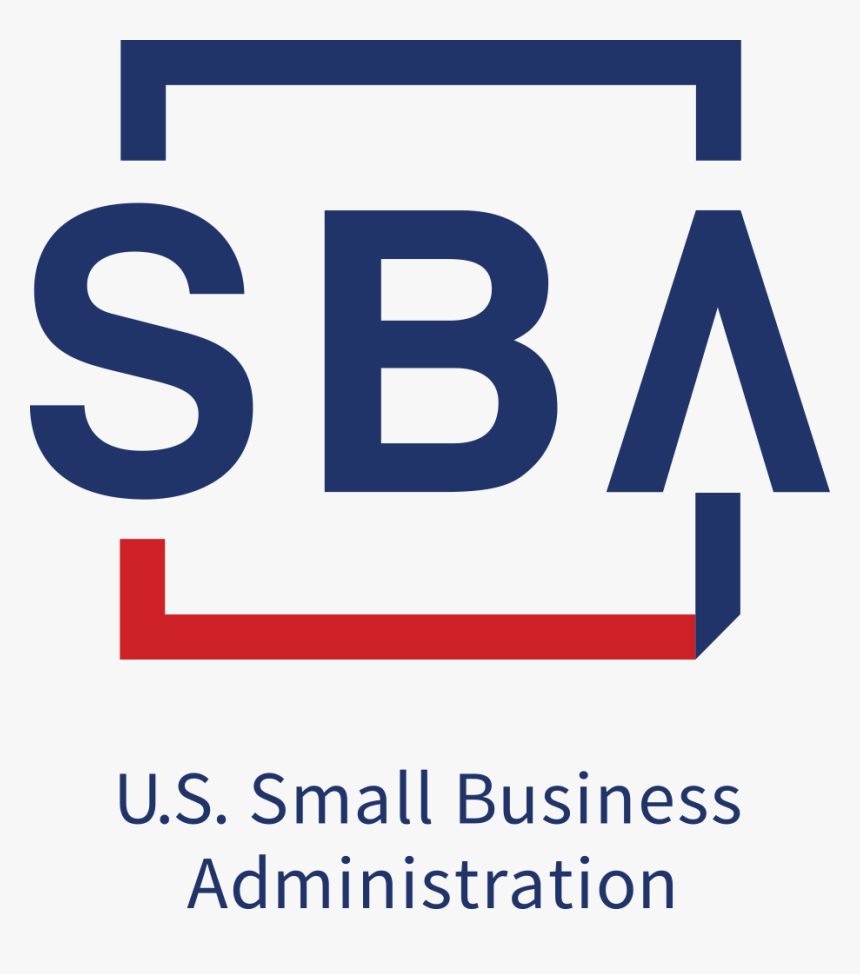To consolidate business debt, you would take out a new business loan and pay off your existing debts. This could include business credit card debt as well as debt from a business term loan. You’ll be left with one loan with one monthly payment, ideally with more favorable terms than the original ones. Here’s how it works:
1. Find out how much debt you have
Before you can consolidate business debt, you need to determine how much you owe. Start by gathering a list of any existing debt obligations for your business. Be sure to include the total outstanding balance, repayment terms, interest rate and any prepayment penalties.
Review this information to determine which debts are good candidates for debt consolidation. Then, add up those balances to determine the total amount that you want to consolidate. Once you have this information in hand, you’ll have a better idea of how much you need to borrow.
2. Determine your eligibility
Each lender will set their own business loan requirements, most of which can typically be found on their websites. However, in general, the following metrics will play a role in loan eligibility: credit score, time in business, annual revenue, and any collateral or personal guarantee.
Often, your business and personal credit score will have the biggest impact since it plays a role in both your loan eligibility and the interest rate you’re given. Some lenders on this list will accept scores as low as 500, but in general, the most affordable rates are given to the borrowers with the highest credit scores.
If you want a better idea of how much you could be approved for in a loan, use our
business loan calculator to get started.
3. Gather your supporting documentation
Next, your lender will likely want to see some supporting documentation along with your loan application. Here’s an overview of what you may need to provide:
- Business plan: Your business plan gives the lender more information about your unique business model.
- Business licenses: Providing copies of your business licenses shows that you’re compliant with local government regulations.
- Tax returns: Showing your personal and business tax returns will give the lender a better sense of your net profit.
- Financial statements: Recent financial statements can help give the lender a better picture of your business’s overall financial health.
- Governing documents: Your governing documents, such as articles of incorporation or bylaws, will give the lender a sense of how your business is run.
4. Compare loan options
After you’ve gathered all your information, the next step is to shop around for a loan. (More on that below.) Shopping around can help you save money on interest charges and help ensure that you select the best loan terms for you.
As a rule of thumb, you’ll want to gather offers from a handful of lenders before making your final decision. Be sure to provide each lender with the same information so that you can make an apples-to-apples comparison once you have the offers in hand.
5. Apply for a loan
Once you’ve landed on the loan offer that works best for you, it’s time to officially apply for the loan. Online lenders will usually allow you to apply via a simple online application form. However, more traditional financial institutions, like banks or credit unions, may require you to visit a branch in person.
Some lenders may offer access to an account representative who can help you pull your loan application together. But, if your lender doesn’t, consider bringing your application to your local Small Business Development Center (SBDC) for assistance.
6. Close on the loan
As soon as your application has been approved, you’ll receive a copy of your loan agreement. Be sure to read over this document carefully so that you understand all the terms and conditions clearly before signing on the dotted line.
Don’t be afraid to reach out to your lender if you have questions about any loan terms.





